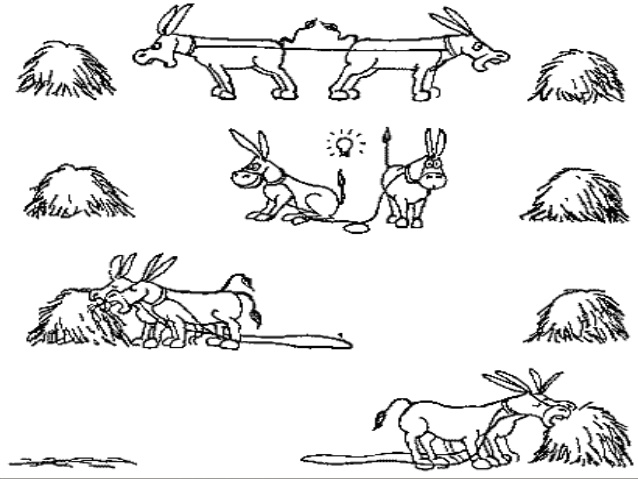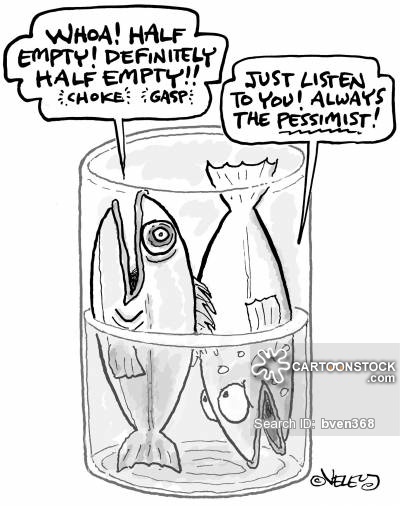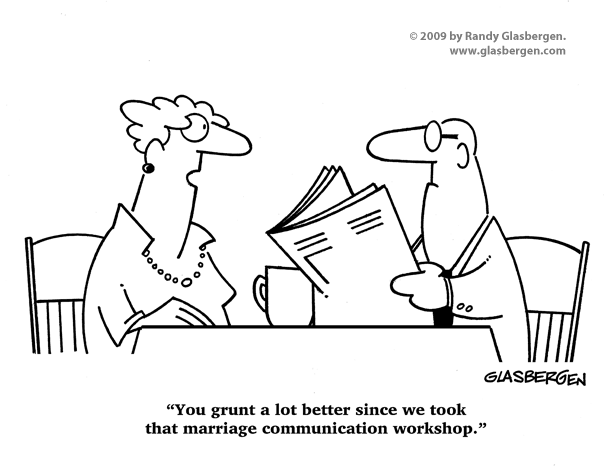
I discovered and got addictively hooked to P G Wodehouse in my school days. I would spend hours on end, sitting in one corner of the house, cackling over his humor much to the consternation of my mother who would wonder if I was following in the footsteps of the family… loony in short. Justifiably so, she still has serious doubts about my sanity. However, there is, for me, nothing like PGW to raise my spirits at the end of some days, when life has dragged me inexorably through the dreary desert sands of dead habit of earning a living (sorry for the mangling Thakurda). His humor uplifts and continues to surprise despite that fact that I have read the same books many times over.
When I examine his humor I find an interesting pattern. He sets you up nicely every time and then shifts the ground under your feet to split you up completely. Look at some examples:
“There is only one cure for gray hair. It was invented by a Frenchman. It is called the guillotine.”
“One prefers, of course, on all occasions to be stainless and above reproach, but, failing that, the next best thing is unquestionably to have got rid of the body”
“Hell, it is well known has no fury like a woman who wants her tea and can’t get it”
“He had the look of one who had drunk the cup of life and found a dead beetle at the bottom”
He sets your mind up to work in the direction of the staid and prosaic and then switches to complete the thought in a different , sometimes bizarre take altogether , yet weaves something invariably relatable for all of us. Of course his humor is hugely creative but the key is the way he sets it up. Take away the Set Up and the humor falls away.
Many years later, I rediscovered this principle in the context of facilitation. Good facilitation’s purpose is to create moments of sharp realization or Aha’s in a fun , enjoyable way, which you can then process further into establishing behavior of choice.
For instance, I conduct this session on Strategic Thought. I play a simple game of arm wrestling in pairs in the audience. I have invariably got exactly the same result every time I have played. The trick is the same. Give them a perception of control but load the perception even before the game starts. I do the loading through the Set up of the game where I describe the task to be done.
For instance , I start by harking back to the childhood when all of us have played the game and struggled with each other to find out who is the strongest; I use visual clues in my description, that of struggling to bring the other person’s arm down; then I goad them to win and show who is the stronger of the two; then I tell them that you have to maximize your wins i.e by forcing the other person’s hand down repeatedly till I say stop; I establish scarcity by stating that there is a limited amount of time to maximize ‘your’ wins… with this kind of set up, every time folks will battle it out with each other in a traditional arm wrestling game and force a few wins…
Then I turn it around, call one of the audience up and play with him/her; But first, I strike a quiet agreement with my partner that we will both let the arm loose and go rapidly on both sides so that we can both maximize and equal our wins. Typically our score is a multiple of the highest in the group earlier… this helps me bring out the point that the difference was in the mindset of Win-Lose which they practiced and Win-Win which my partner and I exhibited. Just the change in that thought changed the behavior and gave dramatically different results. That is strategic thought. The ability to pirouette in the mind and look at the same situation with a different and even contrary lens.
Thoughts tend to run in tracks and invariably reach their natural conclusion unless jerked out of the track on to a new one.. as a facilitator when I want to make a point in a dramatic way I can use this principle by cueing the track I want strongly to make dramatic learning happen.
And where do you do it? – in the Set Up
The Set Up is the most valuable part of facilitation. It defines the direction in which your audience’s mind is going to run. I have found it very useful to think through the Set Up in detail, define situations with great care and identify specific word clues and phrases as well as questions that I would ask.
While the activity itself lasts for only 10 minutes, I would have spent half an hour agonizing over each word and gesture in the
Set Up. To take the same example as an illustration:
Step 1: Begin from the Objective: which is to get the audience to see Strategic Thought as a Lens they can choose to wear at will.
Step 2: Define the precise Result you want at each stage: With the same Instructions they have to perform Win-Lose and then subsequently demonstrate Win-Win so that they can see that just changing the lens from Win- Lose to Win-Win changes everything.
Step 3: Detail the Cueing: Therefore the Set Up has to cue the Win –Lose Lens strongly. 3 key aspects need to be thought through:
- Defining the activity or task in a manner that fits both the Win –Lose Lens as well as the Win-Win Lens so that the flip of lens is credible and the message goes through.
- Cueing the Win-Lose Lens when setting up for them to do the activity by choosing words very carefully (‘maximize your Wins’); by using meta-verbal clues(mimic a tough arm wrestling bout when talking of it); Use personal experiential contexts to ensure the mind runs along the natural Win-Lose path (cue in the child hood remembrance of the game as a show of strength)
- Creating a scarcity mindset so that the mind quickly foreshortens options to habit and does not attempt to go beyond normal thinking tracks which is typically Win-Lose.
If you get the Set Up right the result follows naturally; for the audience it is magic and fun! Like it was for me




